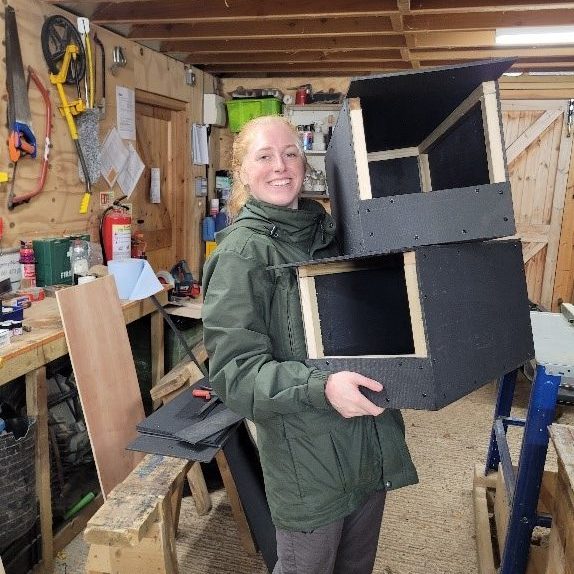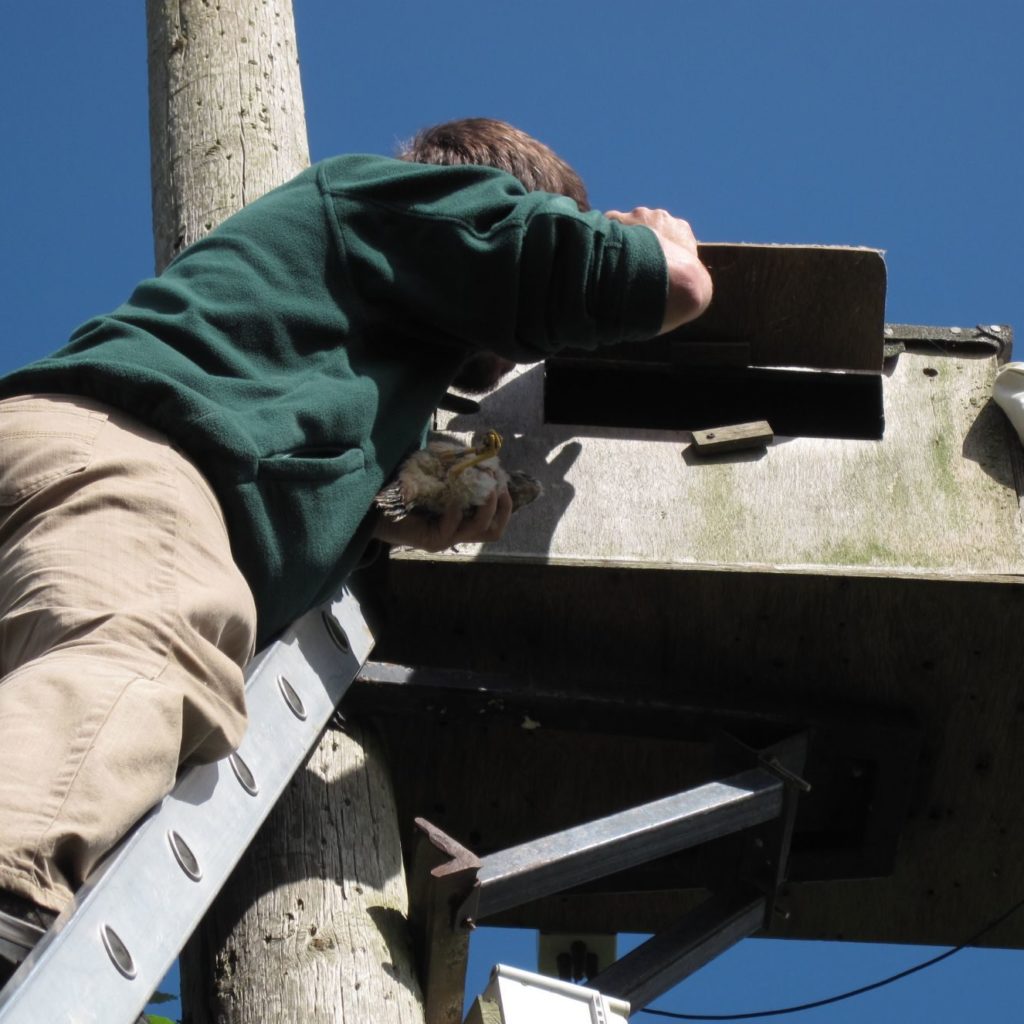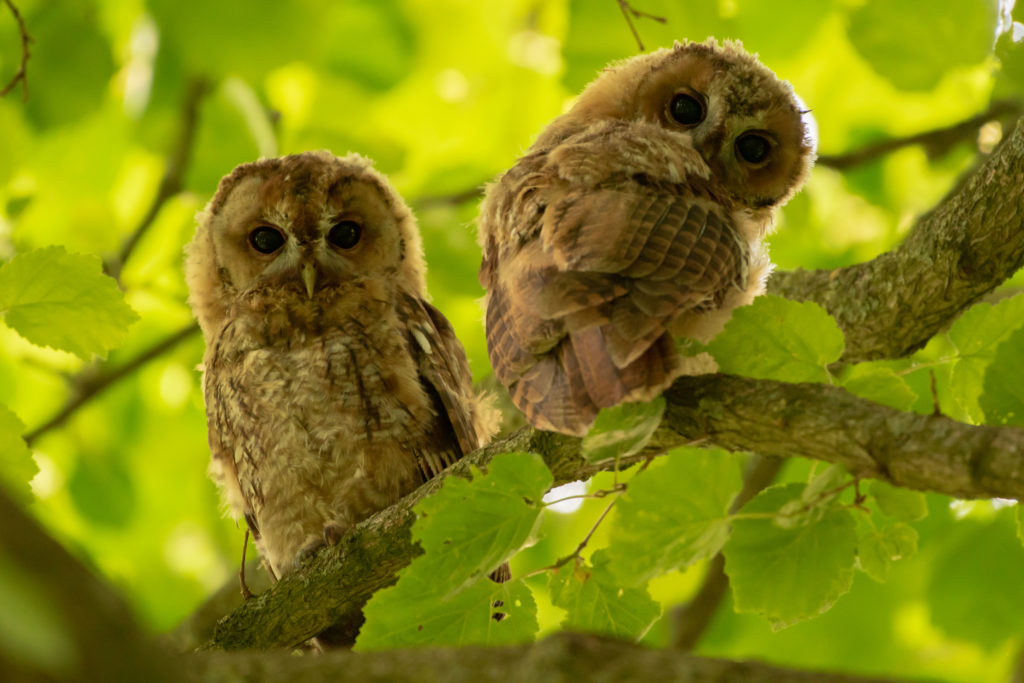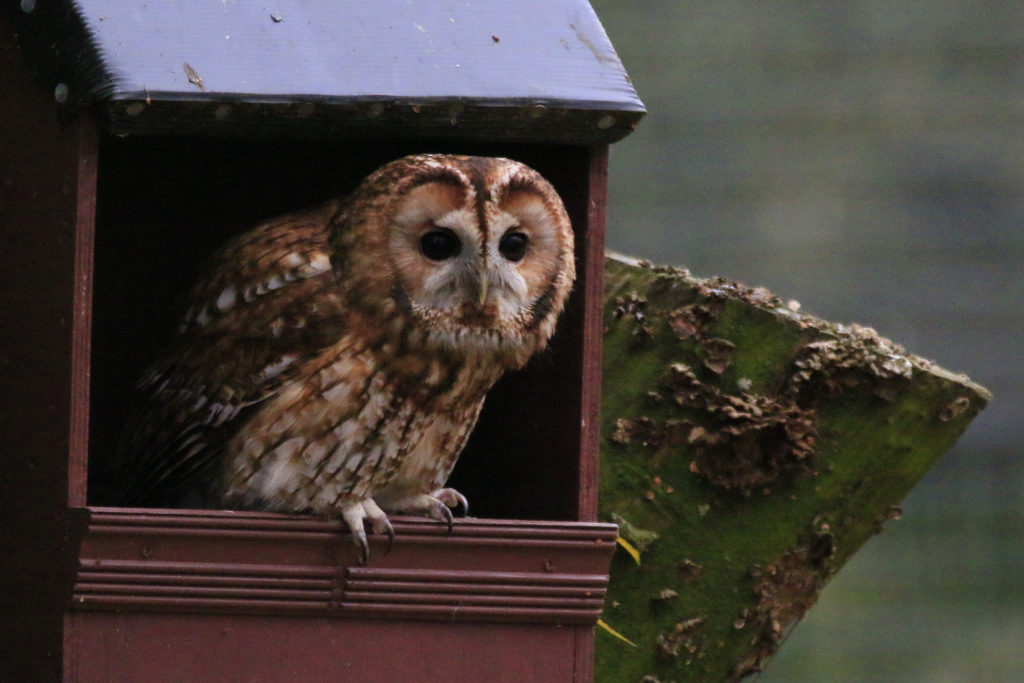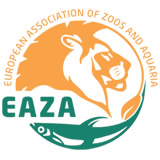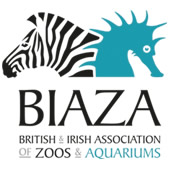With your generous support, we were able to reach our £5000 target through the Big Give Green Match Fund. With these donations doubled, we’ll receive £10,000 towards our work conserving Kestrels! We are so grateful and humbled once again by the fantastic support of our community who care as deeply for these beautiful birds as we do – thank you.
Sadly, Kestrels are declining at an alarming rate in many parts of the UK. The reasons for this are unknown, and until we can figure out why, this iconic British species could be at risk of disappearing from our landscape. We are working hard to discover the reasons behind the Kestrel decline, and are about to start working with methods never before used in Britain. With your help, we can carry out this vital scientific research and put conservation actions into place to help this species.
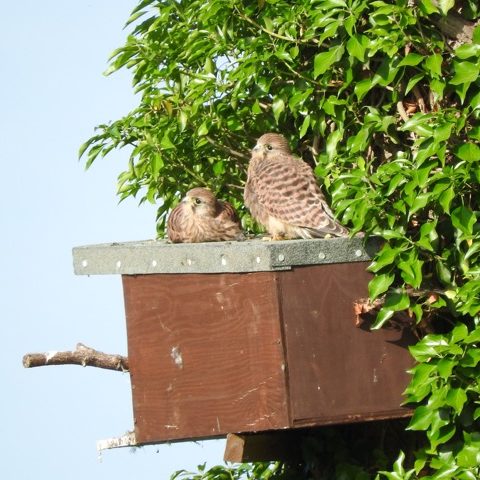
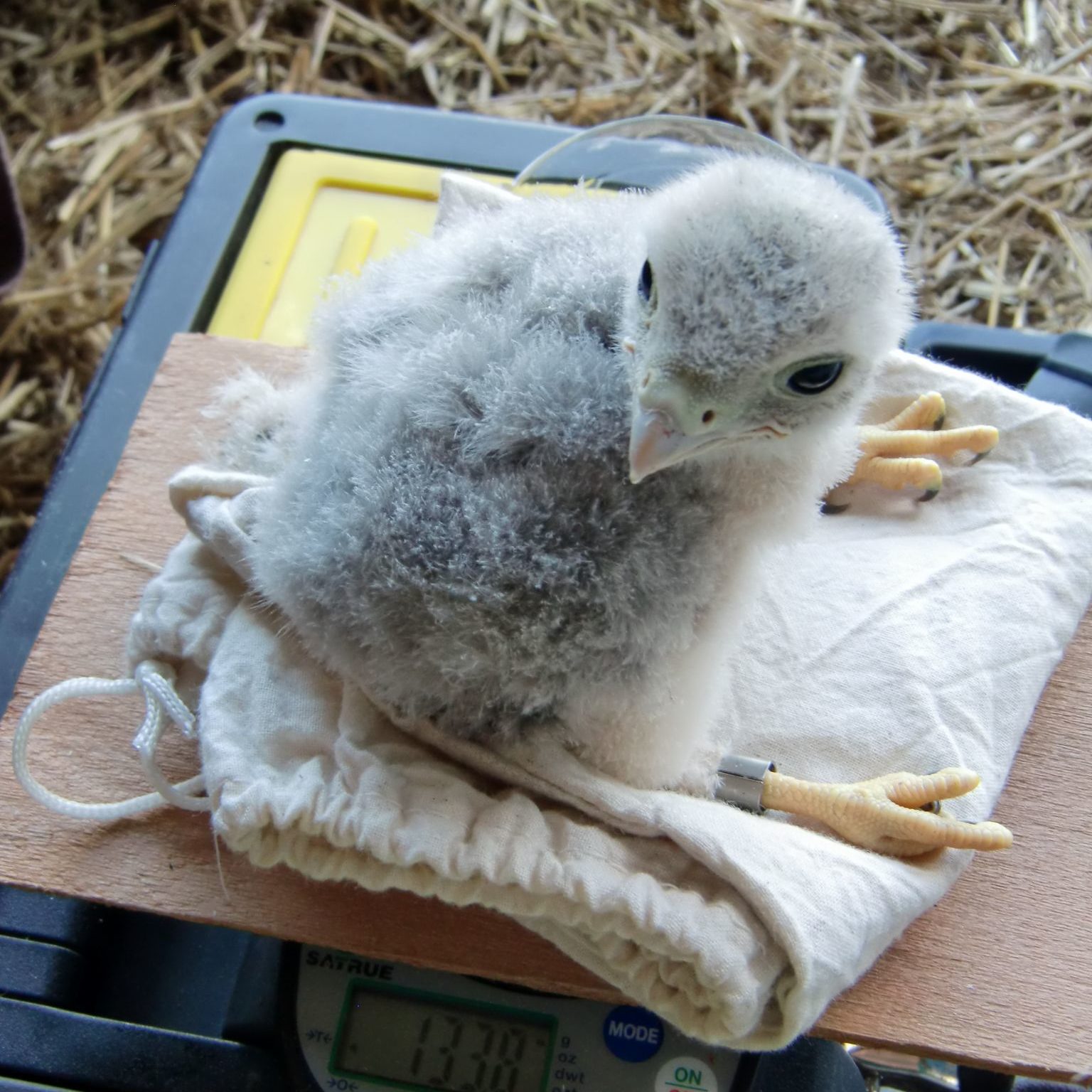
To celebrate 60 years, we’re hoping to raise £60,000 to support this much-needed expansion of our ongoing conservation work with Kestrels through different members of our team taking on a series of different physical challenges.
By making a donation, you’ll be directly helping to support this species by funding:
• GPS Trackers for monitoring Kestrel movement and behaviours
• Even more Kestrel nest boxes in new areas across Southern England
• Give colour-rings to each Kestrel chick before they fledge the boxes
• An increased network of volunteers to monitor population levels
On Sunday 27 April, our Deputy Head of Living Collection Tom Morath completed the London Marathon – which was his first ever running race! He absolutely smashed it, with a superb time of just 5 hours and 45 seconds, saying:
“This was something I’d never thought I’d ever do or be able to do. The run was hard, brilliant, fun, emotional and exhausting. I’m so grateful to all who have supported me, every penny raised will aid the work of the Hawk Conservancy Trust, with Kestrels in particular – birds I have grown-up admiring and now have the privilege to work with every day in my role as Deputy Head of Living Collection at the Trust.”

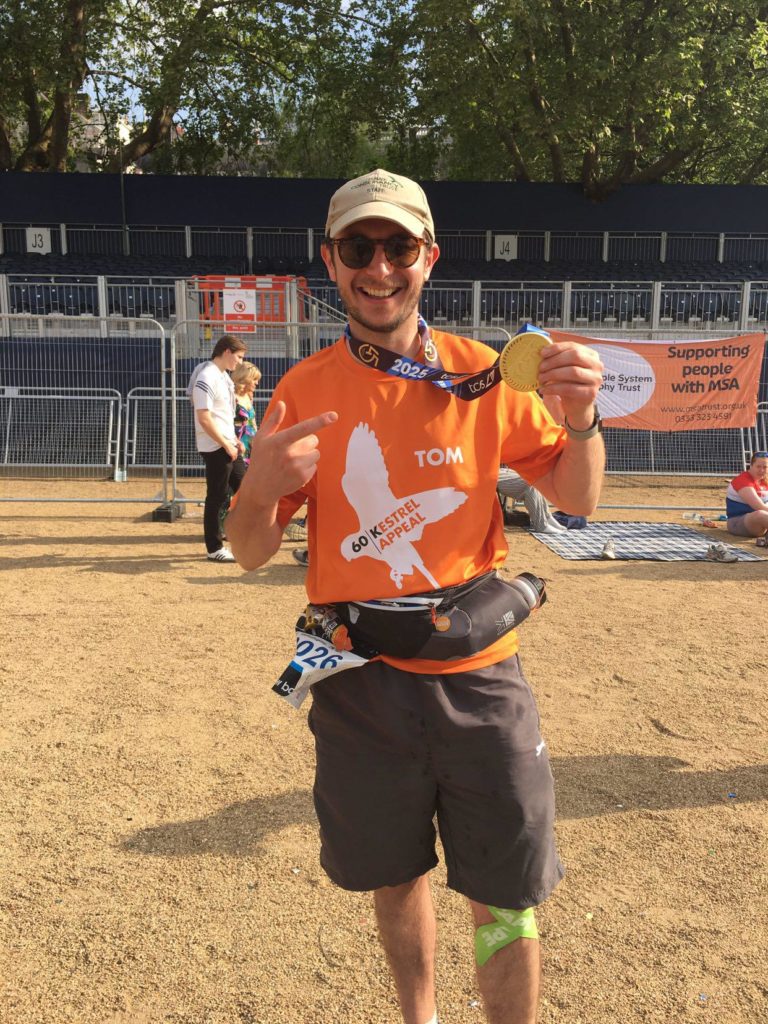
Tom is the first of our team to take on a challenge this year in aid of our wok with Kestrels. Next up, Vicky Stacey and Denise Coates from our Office Team are taking on a 5k obstacle course! Make a donation to support them.






